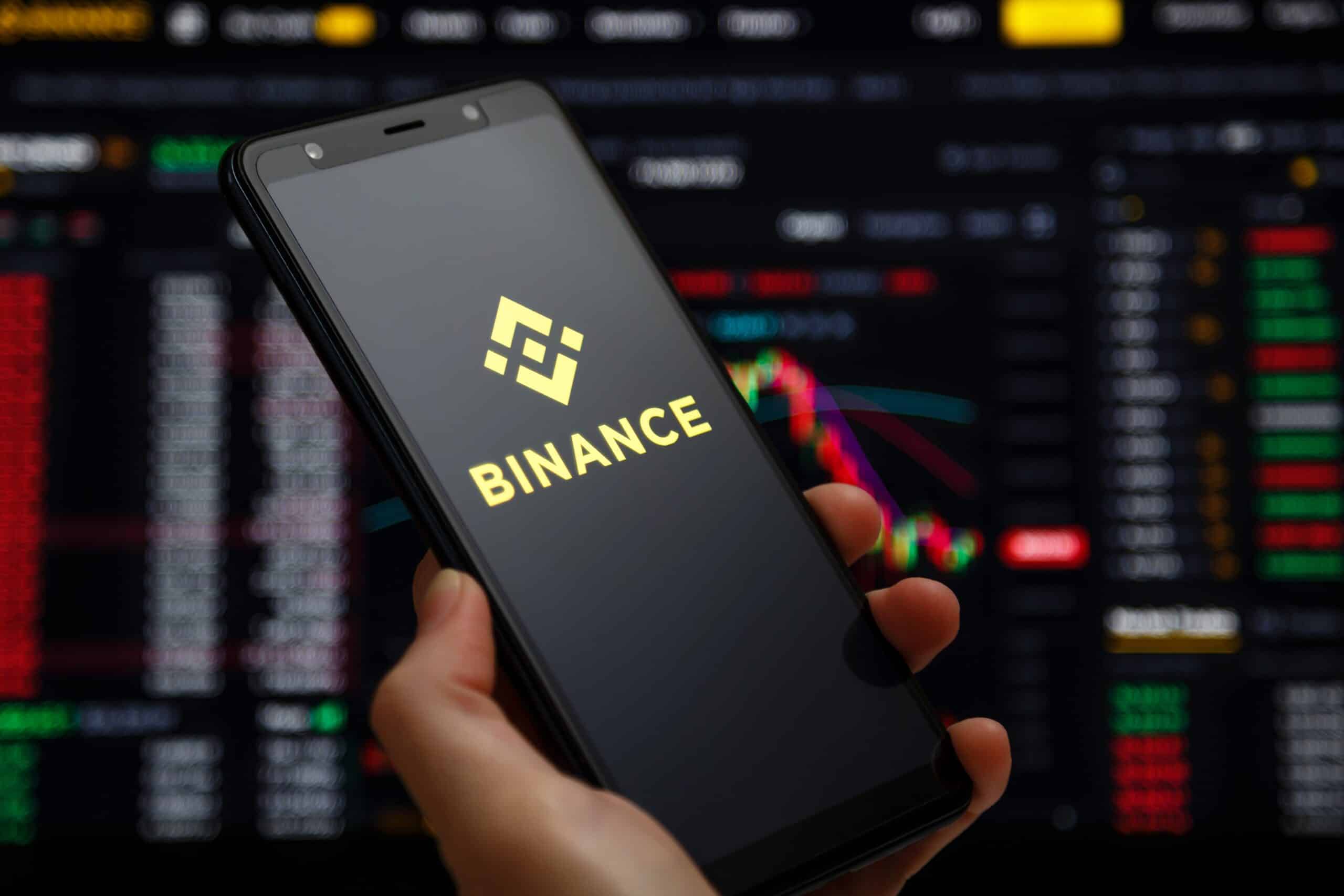A report issued by Kaiko reveals that the banking crisis witnessed in the US adversely affected Bitcoin Liquidity and transaction volume on Binance.
Kaiko’s report attributes declined liquidity and transaction volumes experienced since February to the banking failures witnessed in the US. Kaiko attributes the low liquidity to the sudden collapse of Signature Bank, Silvergate Corp, and Silicon Valley Bank.
Eliminating Zero Promotion Fees Trigger Decline in Bitcoin Liquidity and Binance Transactions Volume
The Kaiko report reveals that the crisis has severely hindered Bitcoin Liquidity, triggering a serious uptick in its price movement. It further reveals that the decline in Binance trading volumes began in February. This coincides with a period when Binanve scraped off the zero-fee promotion.
Kaiko lead analyst Dessislava Aubert admits that the termination of the promotion drove off many transactions with Bitcoin bearing the price chop. He noted that bitcoin lost over half of its February liquidity, estimated at $45 million, to realize $16 million at the onset of May.
The declined liquidity is attributed to the termination of the zero-fee promotion that Binance ran for the past 10 months. The scope of the promotion featured 13 BTC pairs, prompting market makers to exit the Binance platform.
Aubert noted that eliminating the zero-fee promotion affected BTC-USDT as the most-traded pair on the Binance exchange. Expressly, the monthly trading volume declined by $14 billion to $2 billion in April.
Banking Failures to Blame for Declined Binance Transactions Volume and Liquidity
Aubert links the drying liquidity to the banking failures witnessed in the US. The liquidity suffered a hit when Silicon Valley Bank and Silvergate Corp collapsed, prompting the termination of on-ramps services. The development affected Binance alongside Yuga Labs, Circle, and Ripple.
The banking failures are eroding the market liquidity. In particular, Aubert highlights the 1% market depth attained by applying bids and asks relative to 1% mid-price on the Binance exchange. The low liquidity and transaction volumes are fueling increased volatility in Binance.
Kaiko intraday volatility metric tracking ten-minute intervals increased considerably, coinciding with declining liquidity experienced on Binance. The low liquidity witnessed in Binance implies thin order books executed on the exchanges, leading to opportunities for wild price swings fueled by large orders.
Aubert stated that there are notable price movements that suddenly emerge without having a clear catalyst. He emphasized that it is challenging for volatility to decline, particularly with the Jump Crypto and Jane Street leading other market makers in attempts to lower their crypto exposure.
Aubert acknowledges that the liquidity decline in Binance arises from a notable decline in Bitcoin’s price. The downtrend in Bitcoin occurred despite the favorable conditions through a positive CPI report.
Centralized Exchanges Suffer Declining Transactions Volume
Aubert laments that digital assets exchanges would continue posting declined liquidity and volatility since the market expectations incline relative to the interest rates announced by the US Federal Reserve.
The sustenance of low-interest rates prompts cheaper debt within the economy, thereby fueling an increase in speculative and risky assets such as cryptocurrencies. The inability of Bitcoin to stage an increase despite the positive CPI report reveals the tight shackles of declined liquidity observable in Binance’s performance.
Kaiko’s report shows that trading volumes retreated to $500 billion within the centralized exchanges in April. The blockchain data provider shows that centralized trading volumes declined by half relative to March’s transactions. It marked the lowest transaction volume in 2023.
The Kaiko report illustrated that the transaction volumes realized the levels before the collapse of FTX until the decline suffered in April. Nonetheless, the market’s performance is still above 2020 trade volumes.
Blockchain analyst LarsOx echoed Kaiko’s report that centralized exchange spot volume declined by 43.8% to realize $400.5 billion in April. Binance retains market leadership, with its dominance estimated at 71.6%. LarsOx attributes the Binance decline arose from including promotion fees on the BTC pairs.
LarsOx notes that the decline in trading volumes experienced by the centralized exchange arises from the retreating crypto markets from the high volume attained in mid-April. The entire market capitalization rose to $1.34 trillion by April 16, only to decline by 7.5% later and struggle to retain the $1.2 trillion.
The correction is bound to prolong with centralized exchanges suffering declining numbers as investors embrace the decentralized exchanges (DEXs). Despite lower liquidity, DEXs are gaining popularity for their guaranteed transparency. Besides, their improved security and opportunity for users to exercise control rights over their holdings are fuelling the exodus from the centralized exchanges.
Editorial credit: Iryna Budanova / Shutterstock.com
At Tokenhell, we help over 5,000 crypto companies amplify their content reach—and you can join them! For inquiries, reach out to us at info@tokenhell.com. Please remember, cryptocurrencies are highly volatile assets. Always conduct thorough research before making any investment decisions. Some content on this website, including posts under Crypto Cable, Sponsored Articles, and Press Releases, is provided by guest contributors or paid sponsors. The views expressed in these posts do not necessarily represent the opinions of Tokenhell. We are not responsible for the accuracy, quality, or reliability of any third-party content, advertisements, products, or banners featured on this site. For more details, please review our full terms and conditions / disclaimer.

